Portugal (Day 1): Exploring Lagos and the Algarve Coastline
- That's How We Travel

- Apr 2, 2022
- 3 min read
Updated: Apr 14, 2022
Summary: Located in the Southern coastline of Portugal, the Algarve region is known for beautiful beaches with impressive rock formations, white-washed fishing villages, and great Portuguese cuisine. In our first full day in Portugal, we hired a tour guide to take us along the Algarve coastline, beginning in Lagos. Exposed to the open seas, the coastline was fortified by several forts to protect the towns beyond. We visited gorgeous beaches and four separate historic forts.
Visiting Portugal in March. One of the benefits of going to Portugal in March was visiting the Algarve when it was nearly empty. By all accounts, Southern Portugal is packed during the summer months due to the dozens of picture perfect beaches. Restaurants can be hard to book and lodging prices go way up with demand. We're not traditional beach vacationers so visiting in the off-season with low prices and no crowds was perfect for us. We did catch the occasional rain shower but none of them lasted any real length and the outside temperature remained pleasant with light jackets.
About Lagos. Our first full day in Portugal began with a 2.5 hour drive from Lisbon to Lagos, our Algarve home base. From here we were able to take day trips all along the Algarve. Lagos is a medium sized coastal town has a lovely City center, with the traditional tile streets within the City's historic district. Our adorable AirBnB was located just a couple blocks from the central square. It is also just a few blocks from a coastal pathway, which makes for a beautiful morning walk.
Lunch. Before meeting up with our tour guide, we stopped for lunch. There are several restaurants right in central old town Lagos that serve mid-day Sangria and Tapas (our favorite).
Afternoon tour. After lunch, we met up with a local tour guide, Ruben, who we met through our AirBnB host. Even though we had rented a car on our own, we decided to hire a guide to takes us two afternoons through the best sites in the Algarve. Off season rates are reasonable (6 hours for 170 Euros + tip for our family of four). However, this could have been done on our own just the same.
Praia do Pinhão. Ruben's first stop was at Praia do Pinhão, a beach located right in Lagos, where we got our first glimpse at the Algarve's famous beautiful, seaside rock formations. Normally dead calm in the summer, the stormy weather caused quite the show with large waves crashing on the rocks.
Forte da Ponta da Bandeira. While still in Lagos, we next stopped at Forte da Ponta da Bandeira. This late 17th Century fort served as a defense post for the City and is located where the Bensafrim River meets the Atlantic Ocean. For a modest entrance fee, you can walk the grounds.
Ponta da Piedade. Continuing our tour of this beautiful coastline, we stopped at Ponta da Piedade, a headland with some pretty amazing rock formations.
Cape Saint Vincent. This headland is in the southwesternmost of the Algarve and of mainland Europe. Dating back to at least Neolithic times, this headlands present lighthouse was built in 1846. Standing at 79 ft high, this light house guides one of the world's most busy shipping lanes.
Fort of Santo Antonio de Belix. Right near the Cape is a fort of unknown origin but dating at least to the 16th century. The fort itself is not much to see but it made for another great spot to catch this beautiful coastline.
Fortaleza de Sagres. Next stop was Fortaleza de Sagres, a 15-century fort built on the orders of Prince Henry the Navigator to protect the town of Sagres. In 1587, the fort was raided by the infamous English naval captain, Frances Drake. Later, it was partially destroyed when Portugal's devastating earthquake and tsunami hit in 1755.
Salema Beach. We ended our tour with a stop at Salema Beach to catch the sunset. We may have had some rain but the storm clouds made for some gorgeous skies.




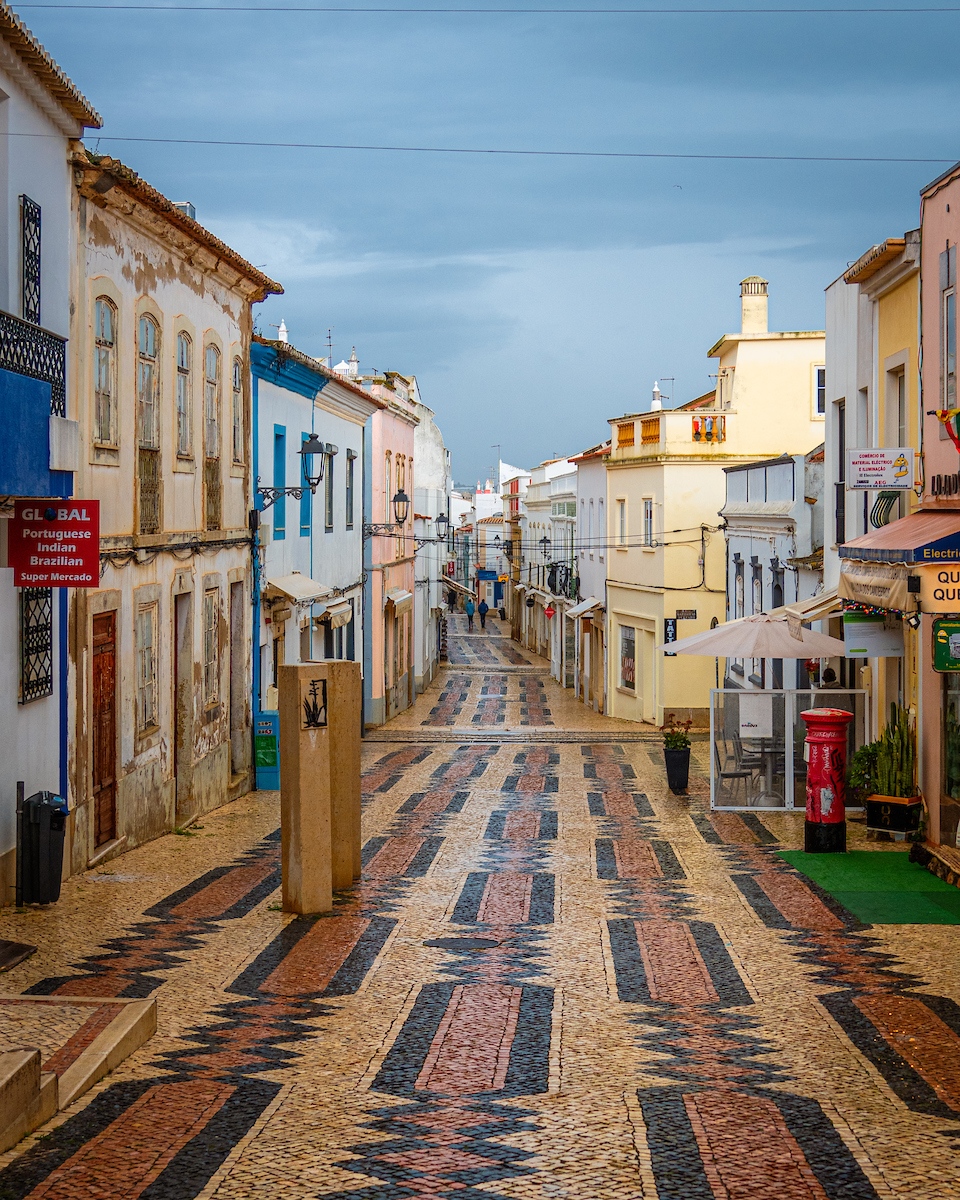

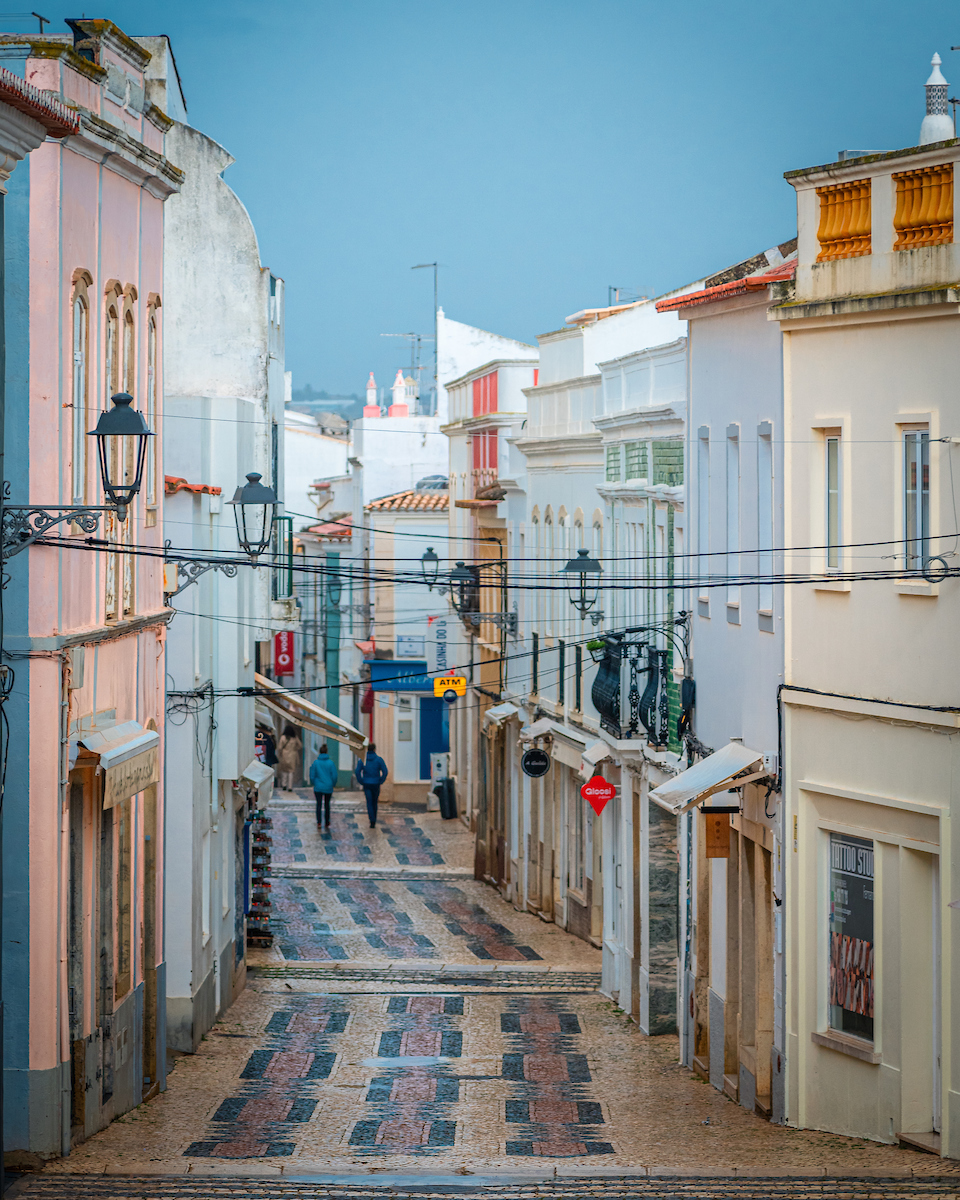



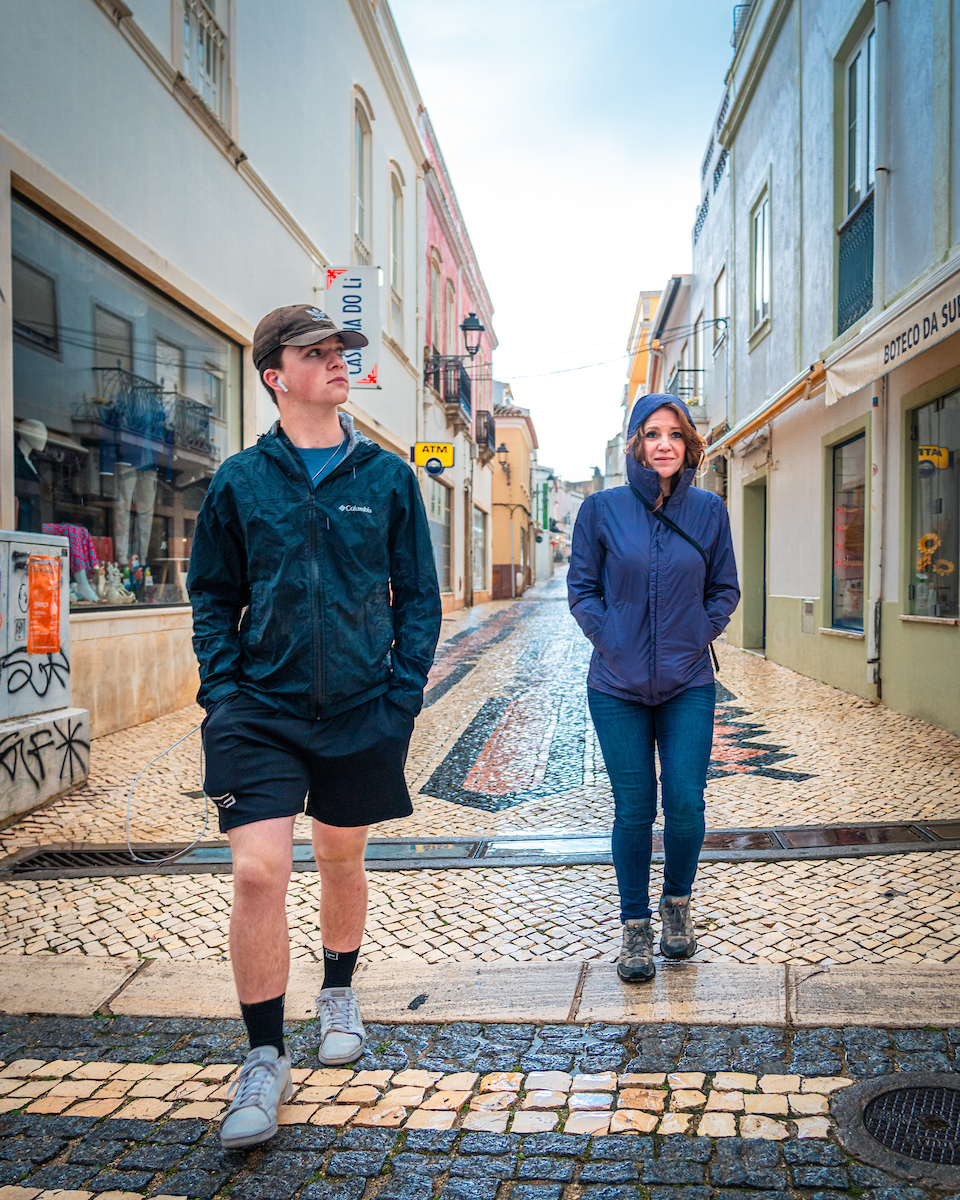









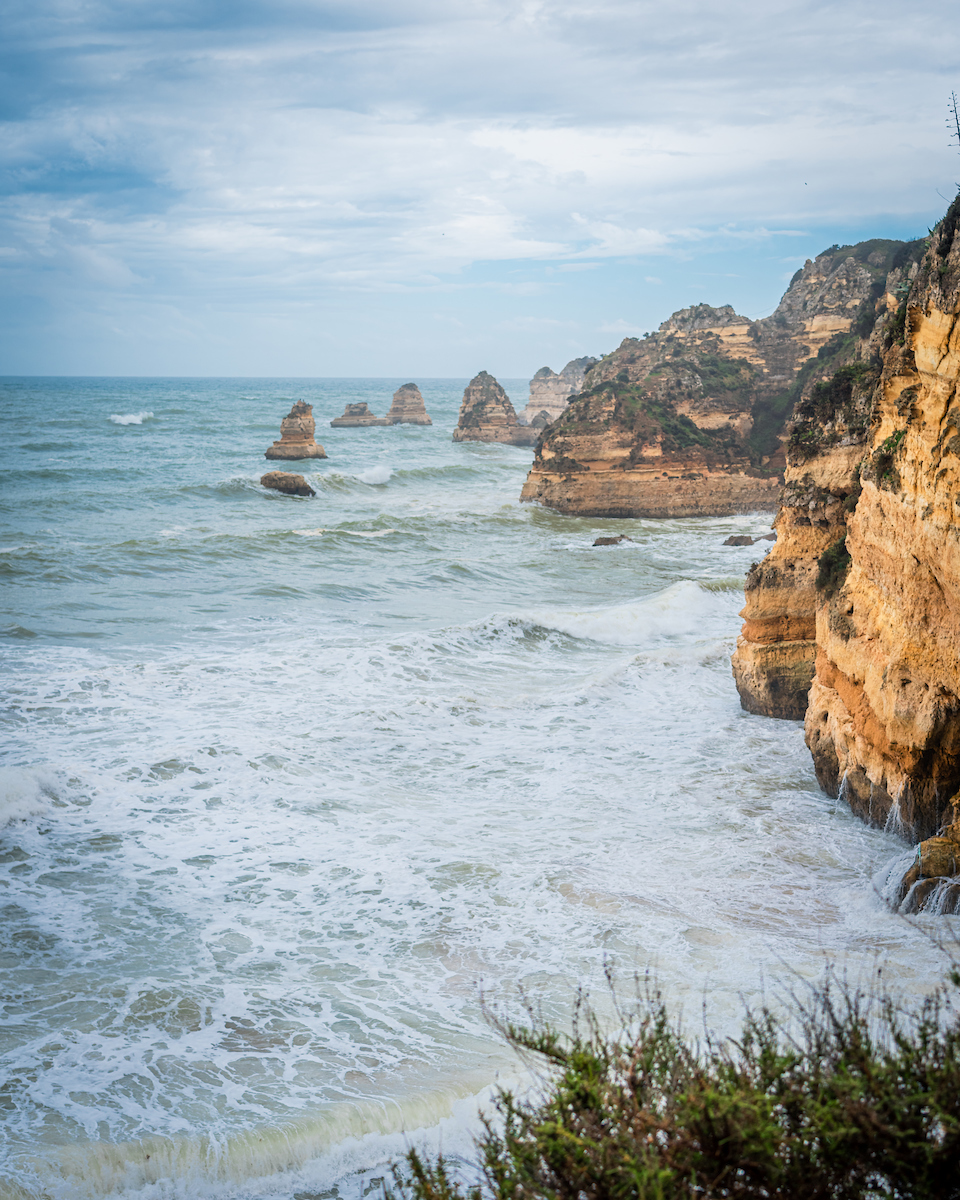

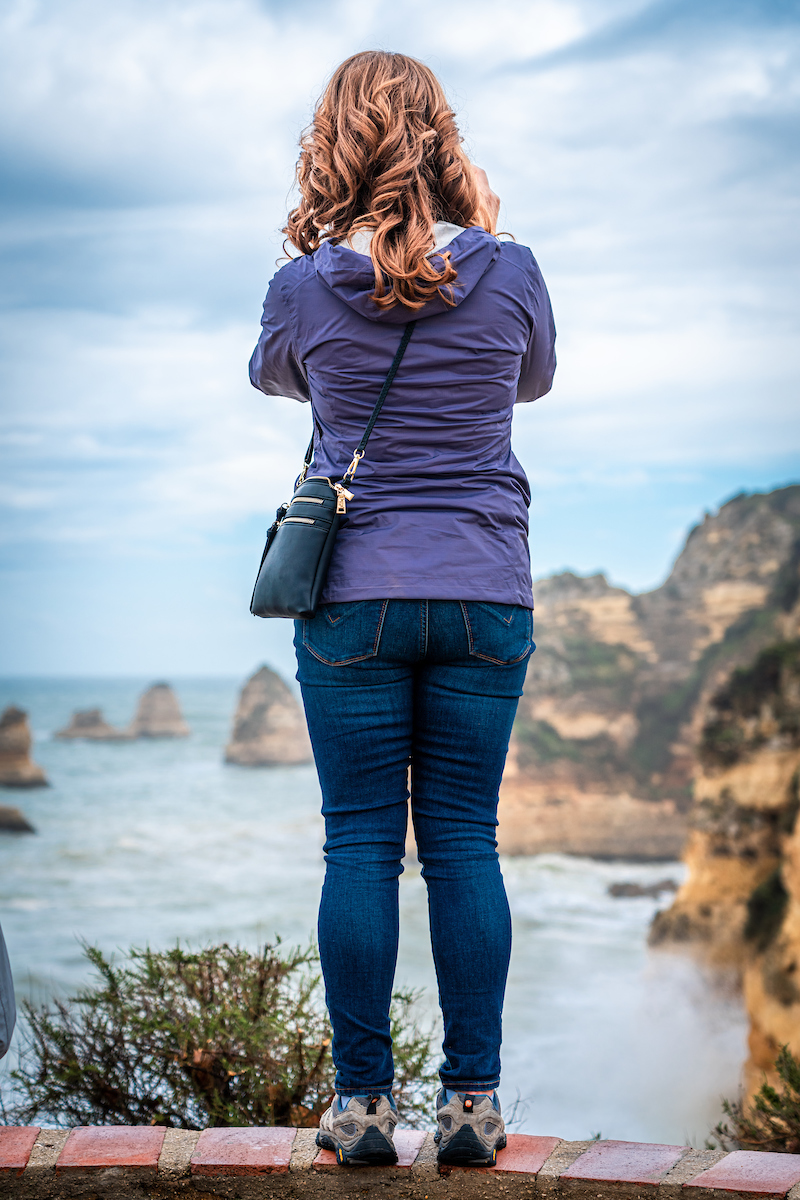



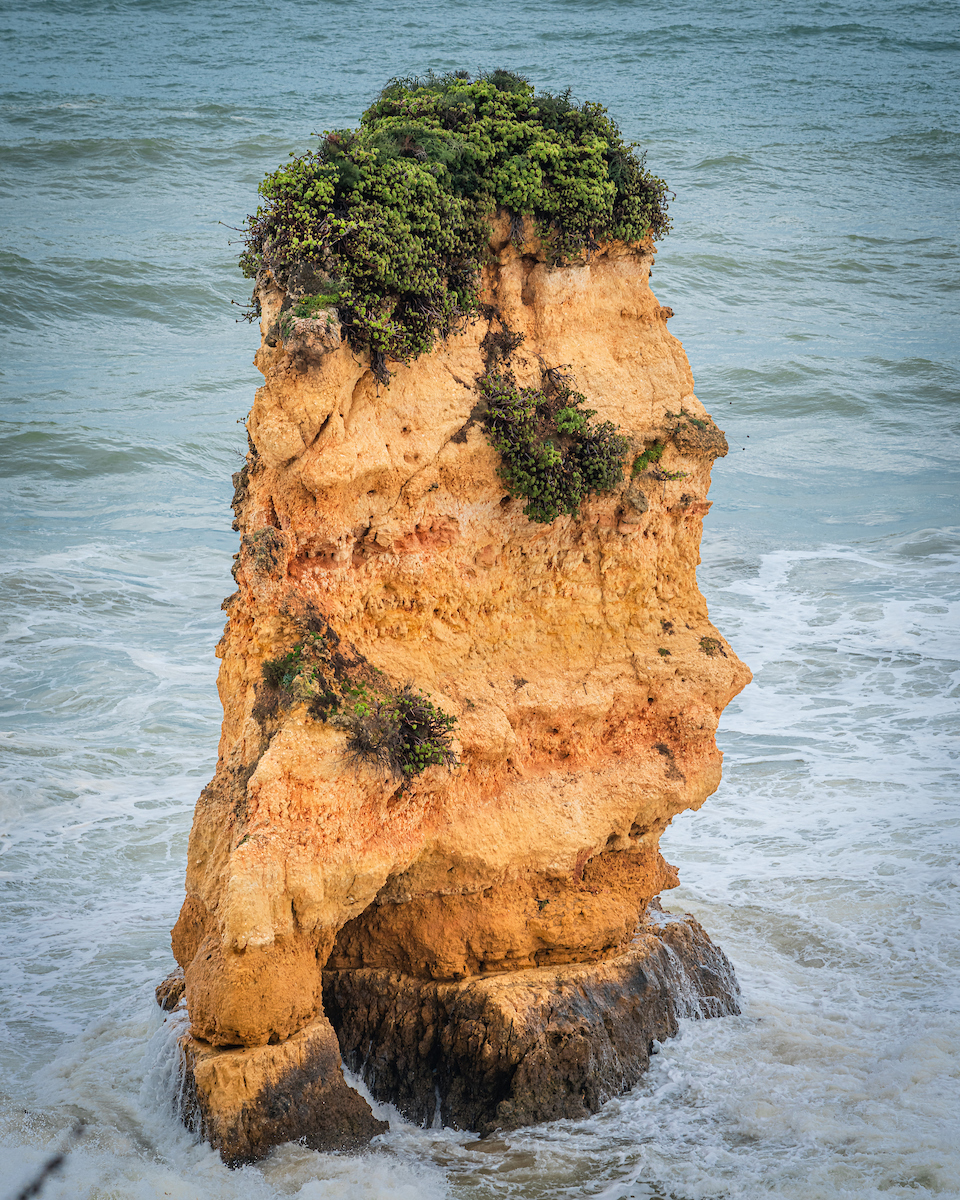







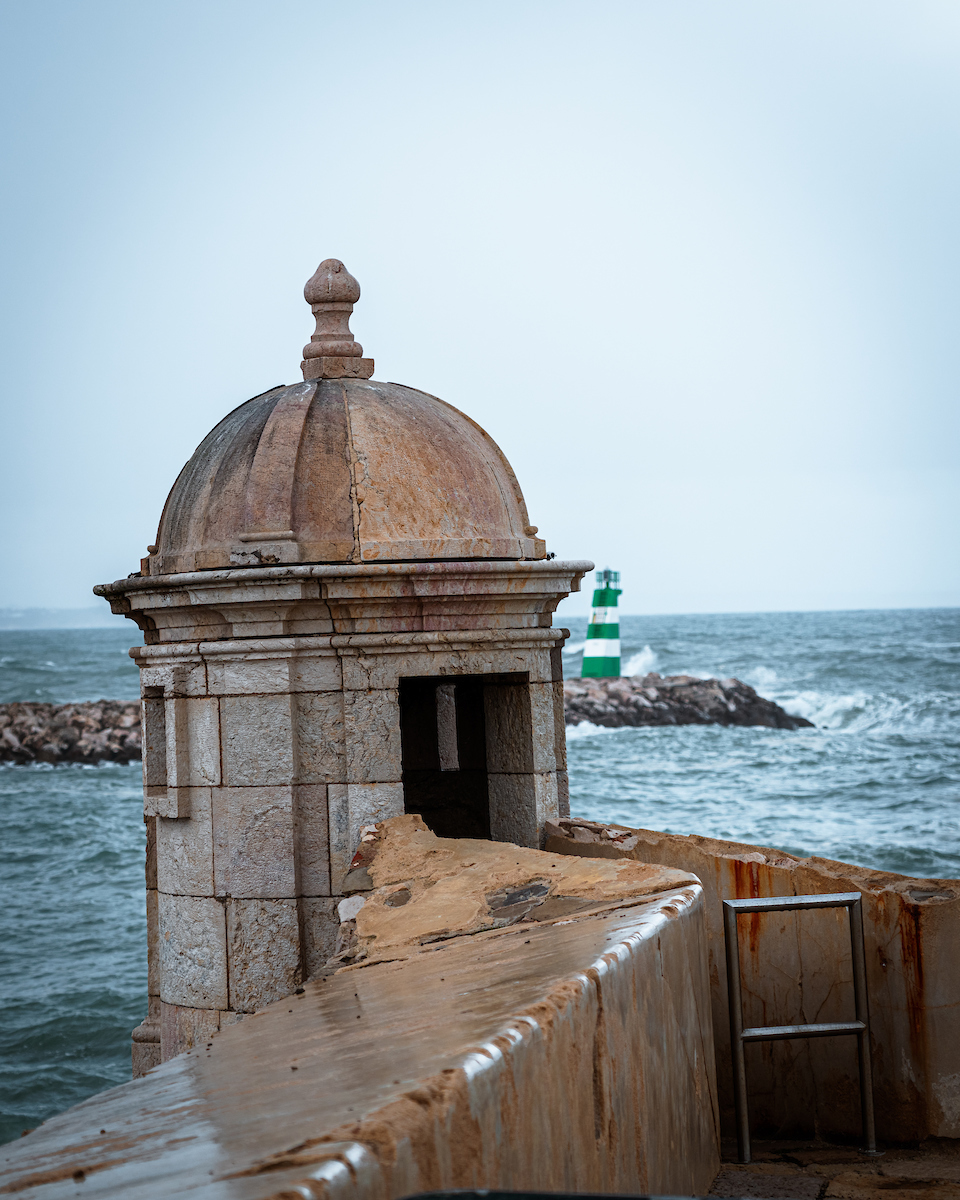





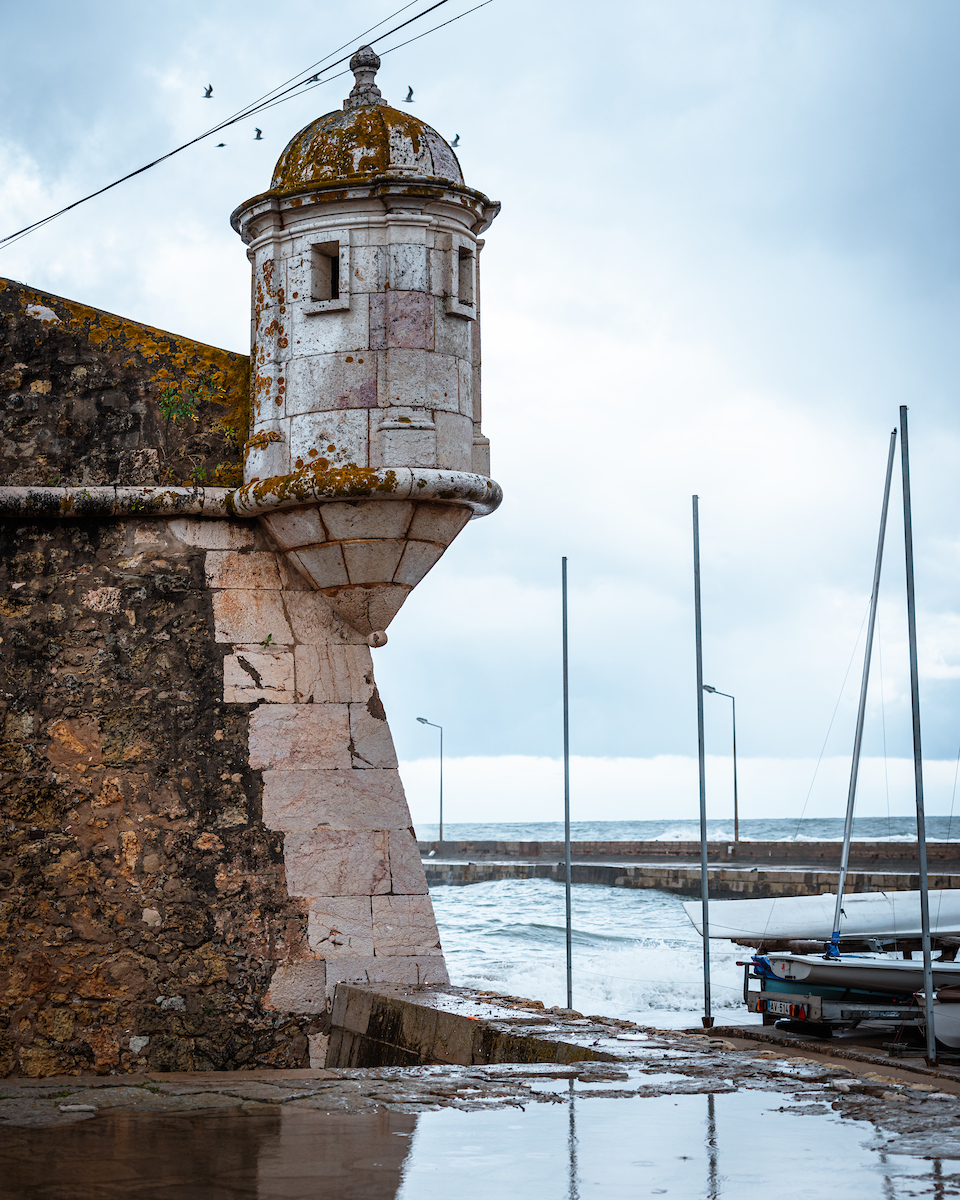









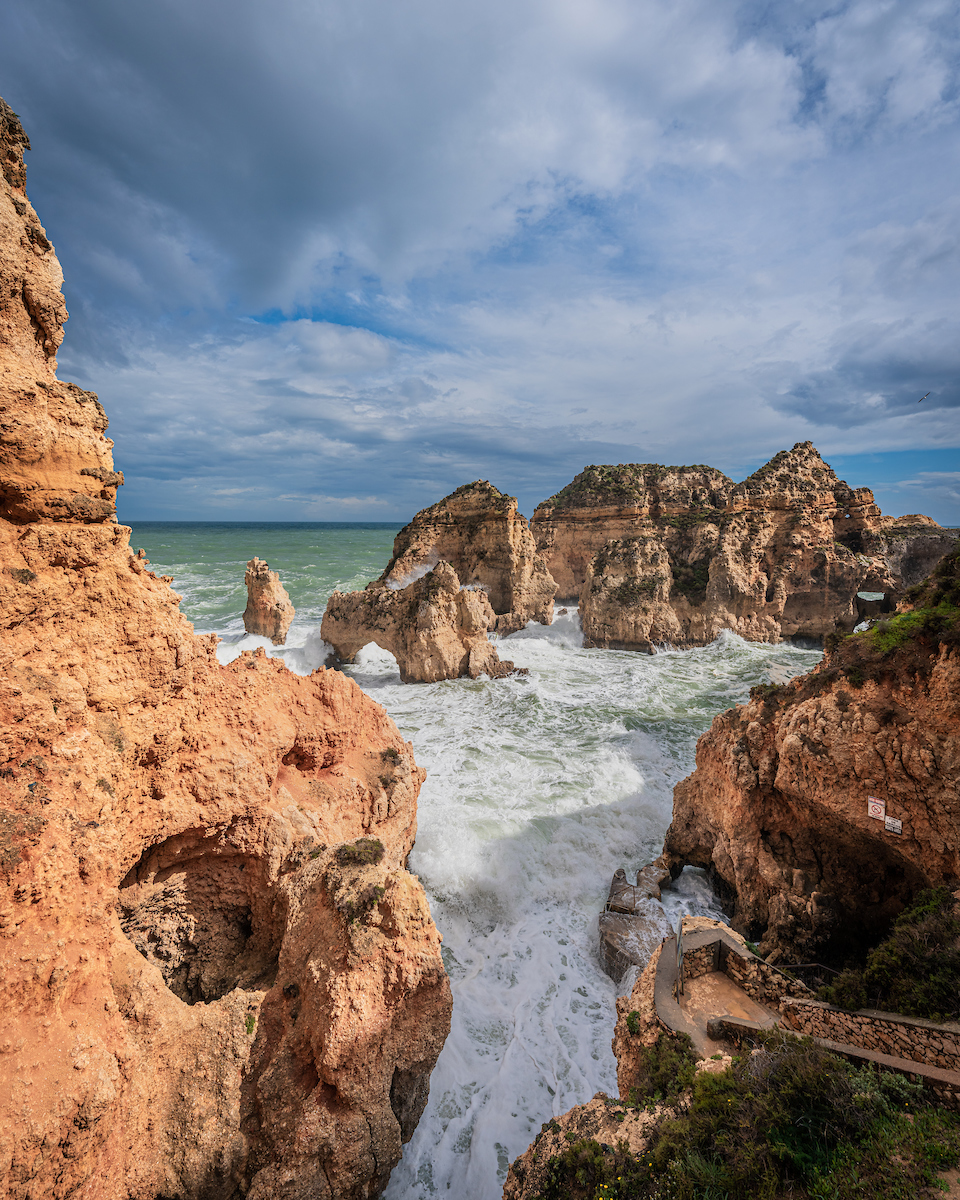



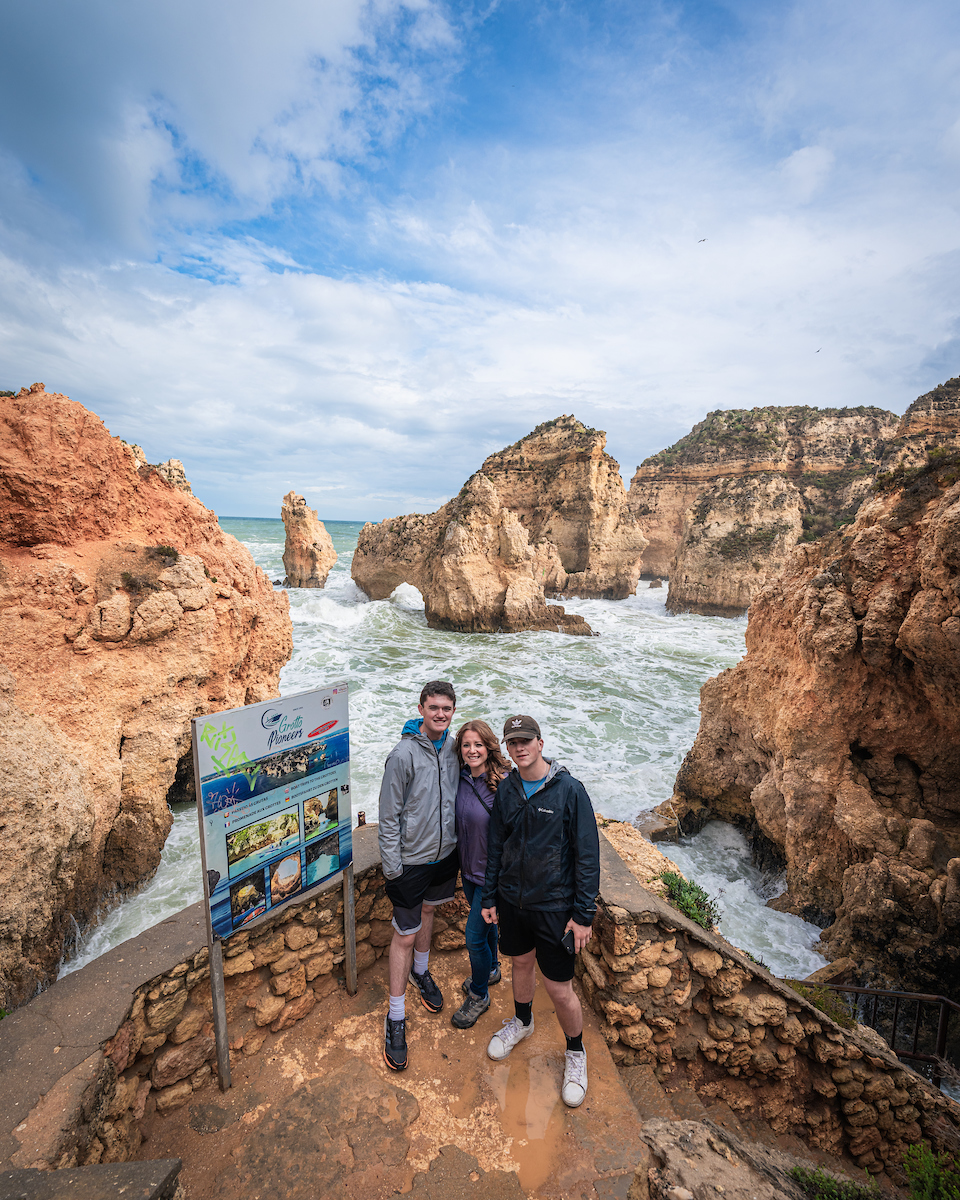









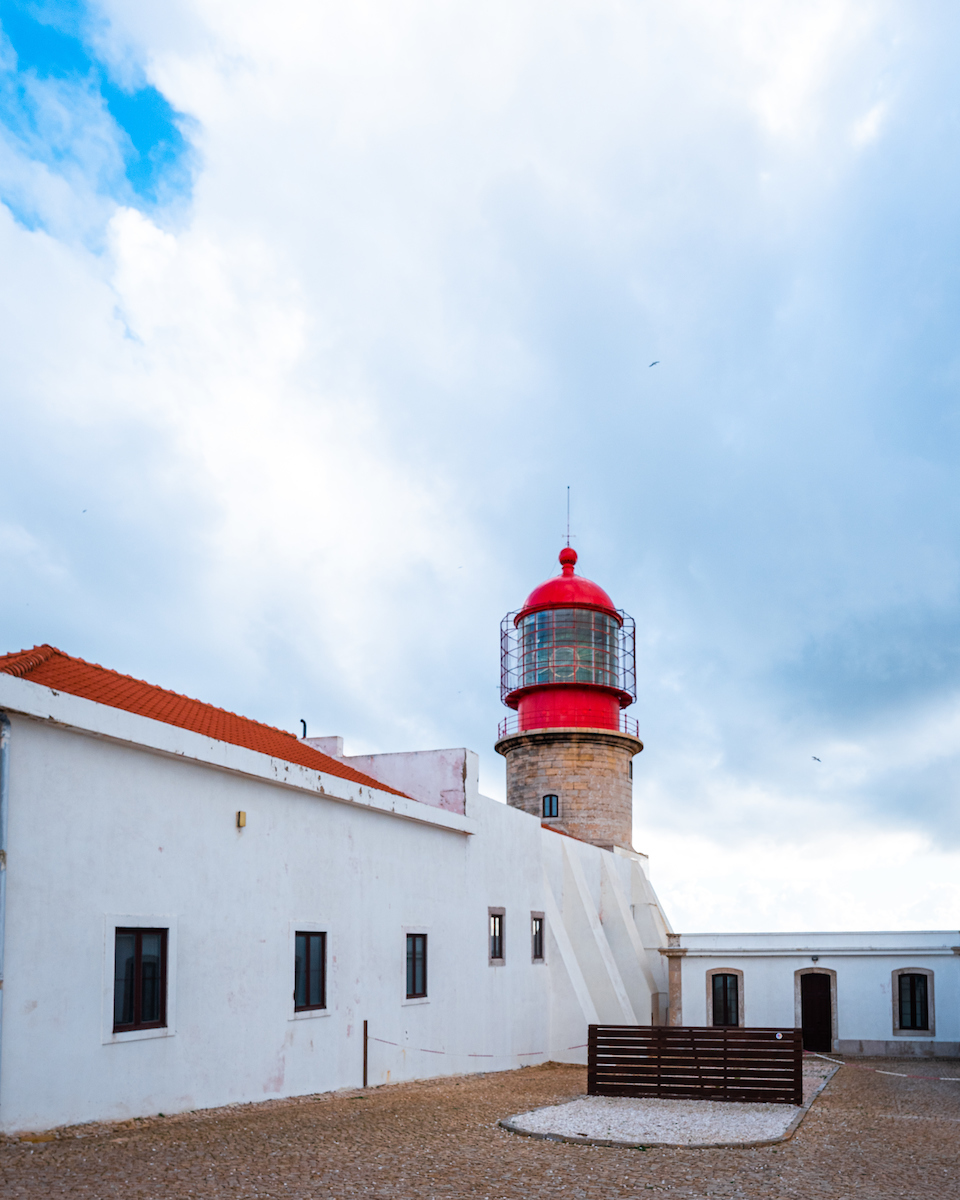







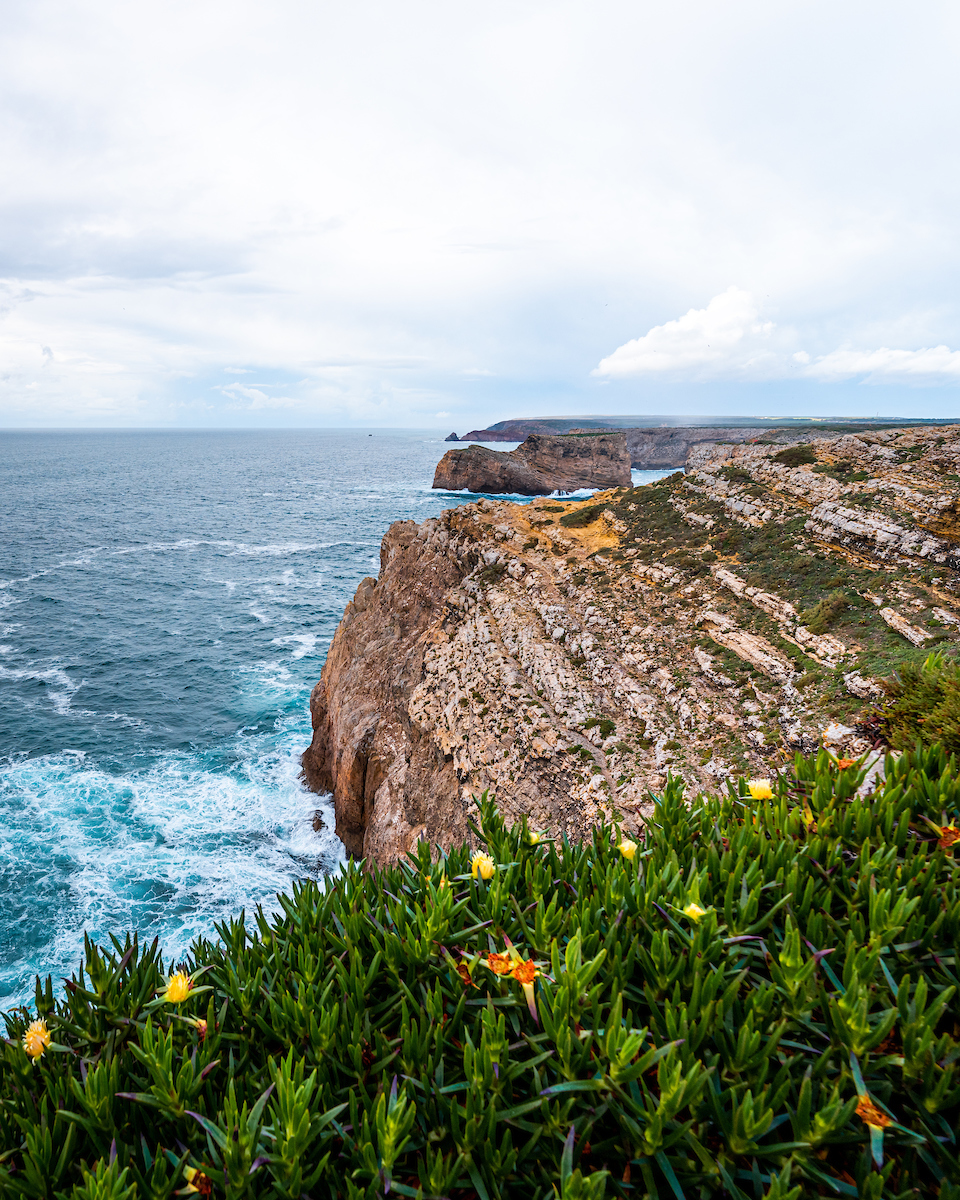

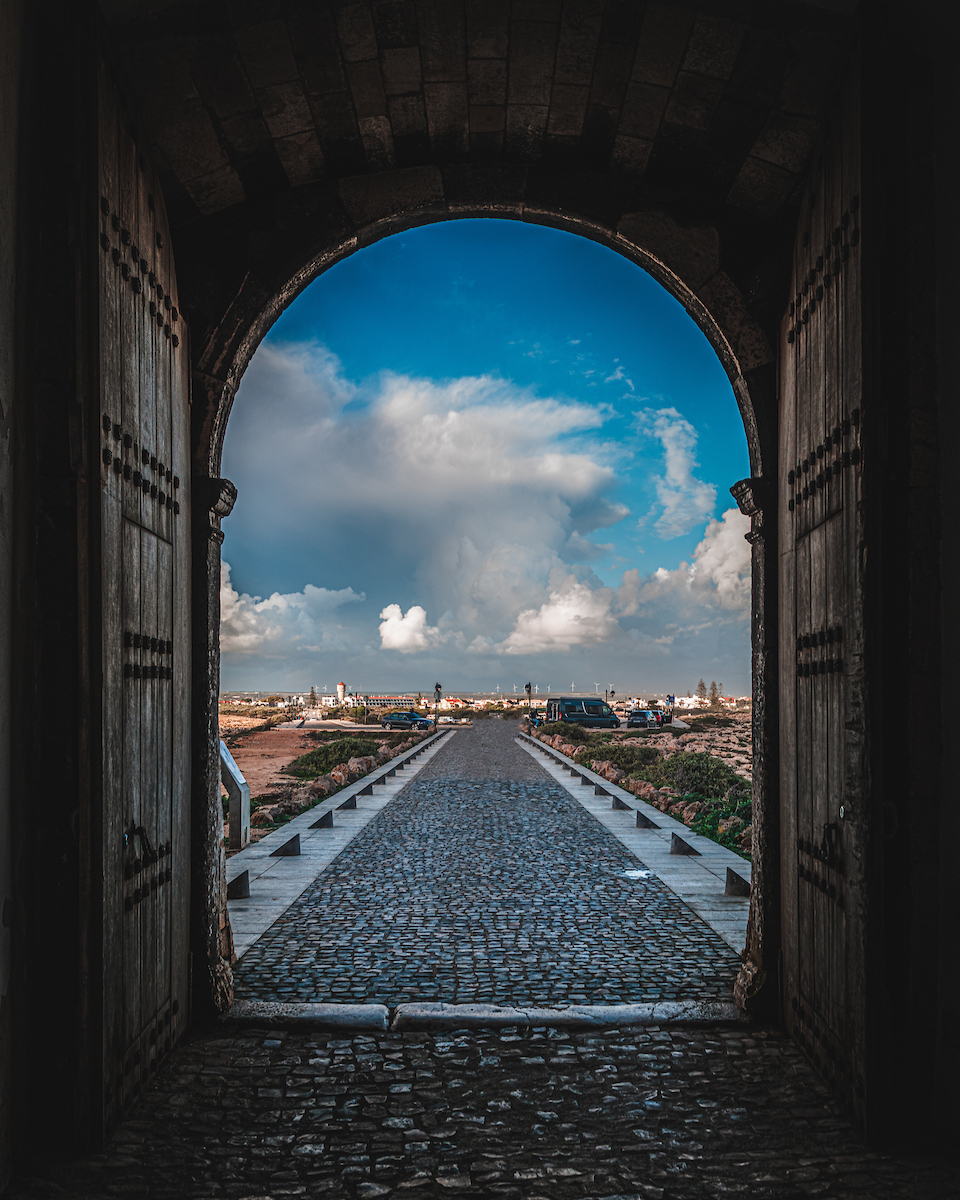









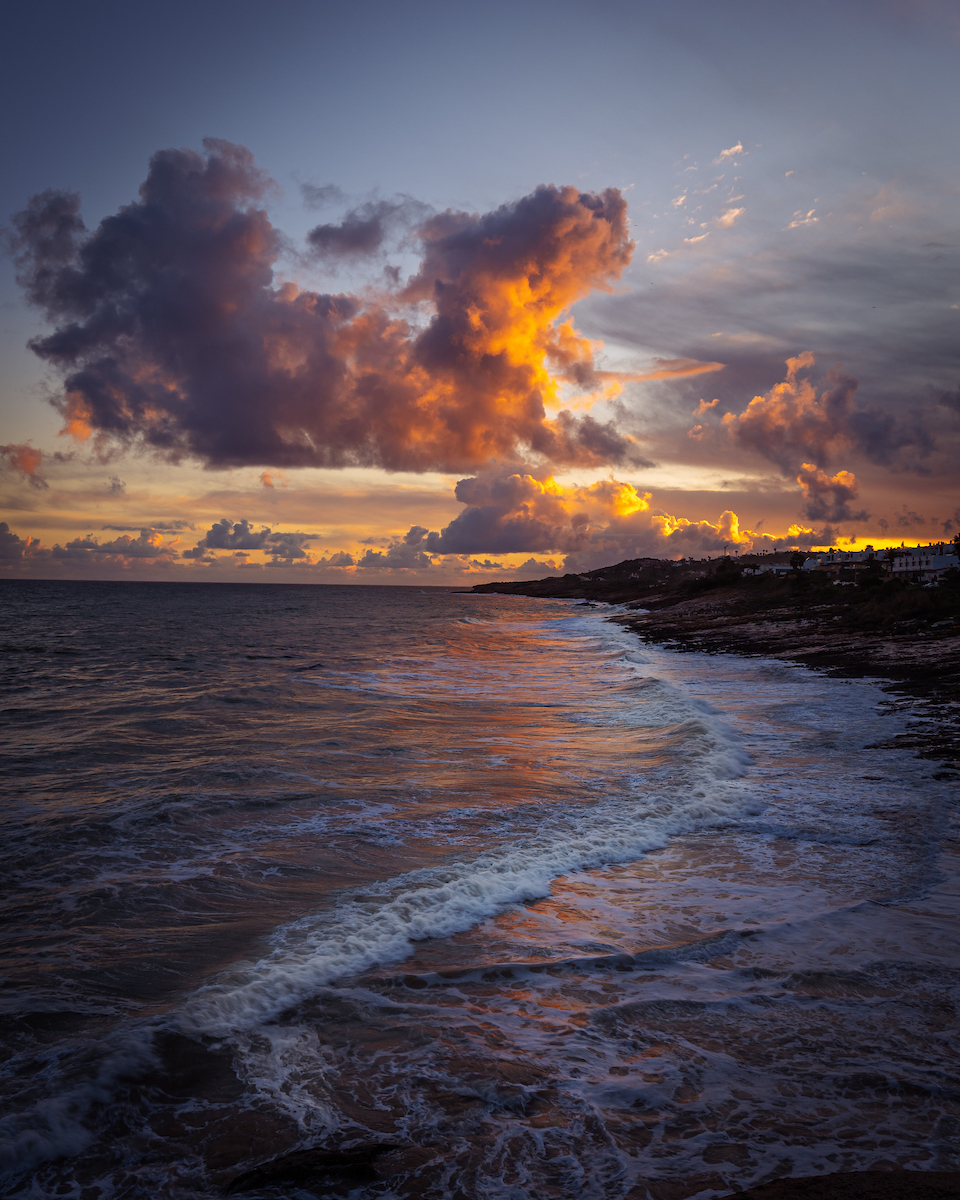



Looks like a beautiful place! Thank you for sharing.